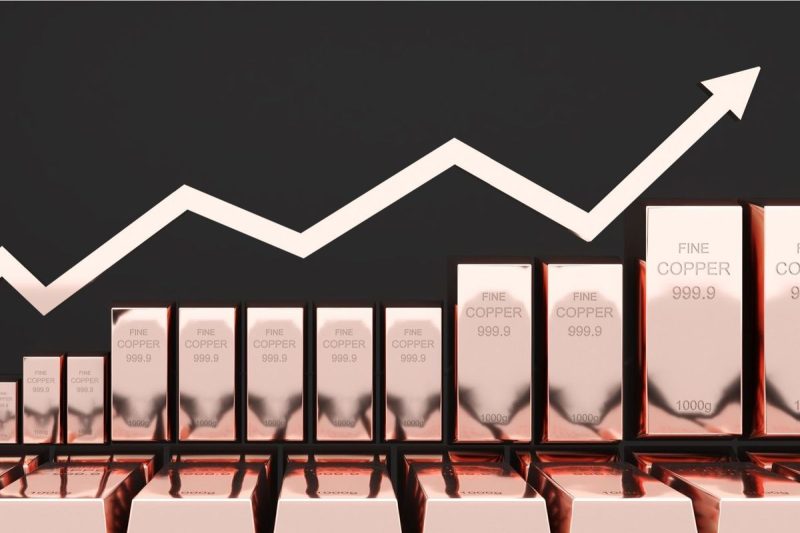Investing in Copper: A Guide for Savvy Investors
Copper, often referred to as Dr. Copper, is a crucial metal in industries ranging from construction to technology, making it a compelling investment opportunity for those looking to diversify their portfolios. With its unique properties and diverse applications, copper has the potential to provide solid returns over the long term. In this guide, we will explore the various ways in which investors can tap into the potential of copper as an investment.
1. Understanding the Copper Market
Before diving into investing in copper, it is important to understand the dynamics of the copper market. Copper is a commodity that is heavily influenced by global economic trends and industrial demand. Factors such as economic growth, infrastructure development, and technological advancements all play a role in determining the price of copper.
Investors should keep a close eye on key market indicators such as the London Metal Exchange (LME) copper price, supply-demand dynamics, and global economic data to make informed investment decisions.
2. Direct vs. Indirect Investment
There are multiple ways for investors to gain exposure to the copper market. One option is to invest directly in copper by purchasing physical copper bars or coins. However, this approach may not be practical for all investors due to storage and security concerns.
Another option is to invest in copper mining companies or exchange-traded funds (ETFs) that track the performance of copper prices. Investing in copper mining companies allows investors to benefit from the potential growth in the company’s stock price as well as exposure to the underlying commodity.
3. Risks and Considerations
Like any investment, investing in copper comes with its own set of risks and considerations. The price of copper can be volatile, influenced by factors such as global economic conditions, geopolitical events, and supply disruptions. Investors should be prepared for fluctuations in copper prices and have a long-term investment horizon to weather short-term market swings.
It is also important to consider the environmental and social impacts of copper mining when investing in copper mining companies. Ensuring that companies adhere to responsible mining practices and environmental regulations can help mitigate risks associated with investing in the copper industry.
4. Diversification and Risk Management
As with any investment, diversification is key to managing risk when investing in copper. Investors can diversify their copper investments by allocating funds across different copper mining companies, ETFs, and other related commodities.
Additionally, implementing risk management strategies such as setting stop-loss orders and regularly reviewing investment portfolios can help investors mitigate potential losses and protect their capital.
In conclusion, investing in copper can be a rewarding opportunity for savvy investors looking to diversify their portfolios and capitalize on the long-term growth potential of this essential metal. By understanding the dynamics of the copper market, considering various investment options, and implementing risk management strategies, investors can navigate the complexities of the copper market and make informed investment decisions.

